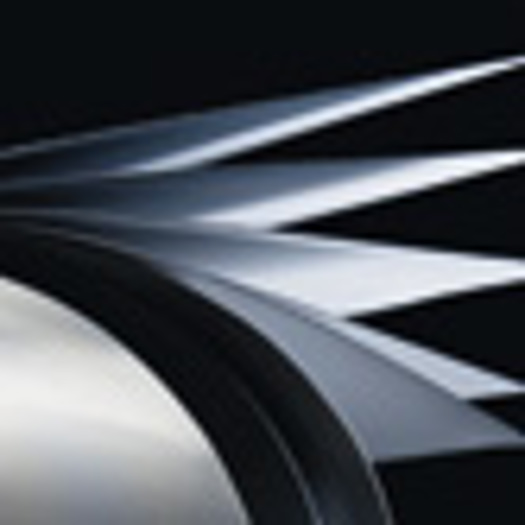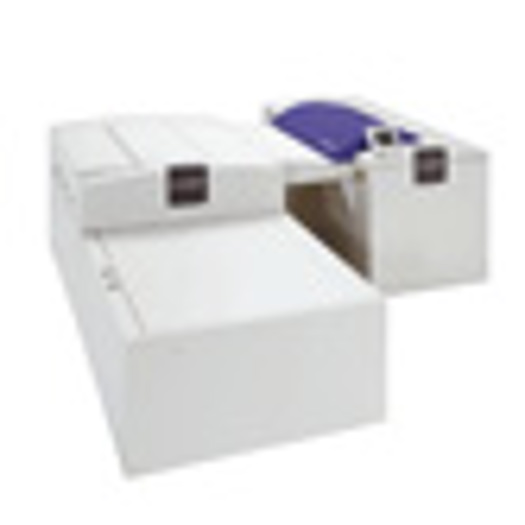To view the Buyers' Guide tables, click here.
Waste management is a crucial part of a modern printer's day-to-day existence. It's an onerous task, but one the industry has to get to grips with if it wants to reap the benefits of being green.
The pressure to reduce and keep on top of waste disposal has been one of the key drivers behind the growth of chemistry-free and environmentally friendly plates. Those that have already made the switch to processless are finding it a cleaner, fuss-free method of plate production.
"Printers are becoming more and more financially and environmentally savvy," explains Sean Lane, product manager for offset solutions at Fujifilm Graphic Systems UK. "The recent recession has forced them to become leaner and evaluate all of their processes in a lot more detail."
Cost evaluation
These financial pressures have resulted in printers looking at direct and indirect costs relating to their investment, covering factors that include maintenance, downtime and the cost of disposal. For those that do the maths, in many cases, the switch to processless is a no-brainer.
One area that has enjoyed particularly strong sales growth is thermal processless platesetters. With thermal, the plate is exposed to a high-powered laser, raising the temperature of a spot to create a surface reaction. Thermal processless technology is favoured by smaller companies who do not want to invest in or maintain a processor – two out of three SMEs are going down the processless route.
The difference between processless and chemistry-free technology is that processless plates get 'developed' on the press during makeready, whereas chemistry-free plates use a gumming unit to remove unexposed parts.
"Processor run lengths between bath changes are getting longer, while the amount of chemistry needed to process the plates is reducing," says Lane.
When looking to invest in plates and processors, printers need to weigh up the total costs involved.
"When a buyer is assessing the options, no doubt they could be attracted by the notion of a waterless system," says Lane.
"But although this might appear to be a more environmentally friendly option, once the necessary chemistry has been added and later disposed of, it is more than likely not the case. A buyer should look at the complete picture in order to make an informed decision."










